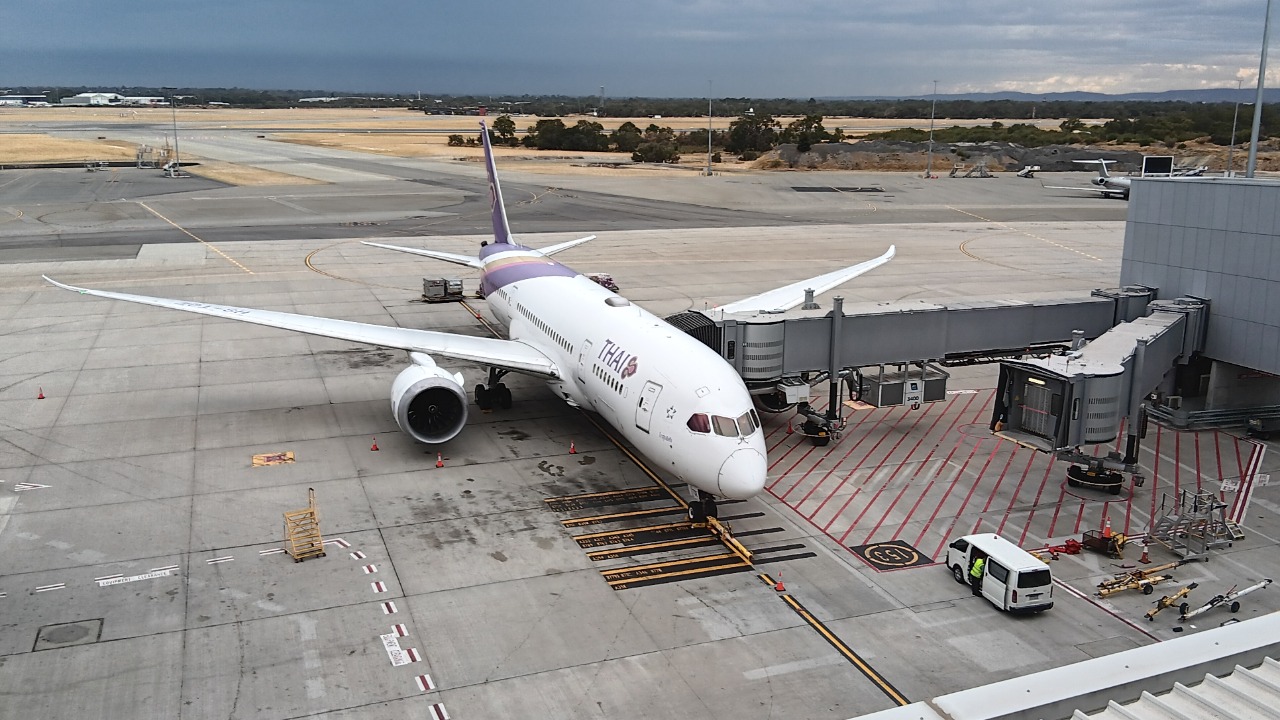
The Boeing 787 Dreamliner, with its four cockpit windows instead of the traditional six, represents a significant departure from previous Boeing models. This design choice, which eliminates the upper “eyebrow” windows, was made to enhance the aircraft’s structural integrity and reduce weight. Despite sparking debates over visibility and safety, this configuration aligns with the broader efficiency goals of the Dreamliner’s innovative composite fuselage.
Evolution of Cockpit Windows in Boeing Aircraft
Historically, Boeing aircraft such as the 747 and 767 featured six cockpit windows, including two eyebrow windows above the main pair. These additional windows provided pilots with upward visibility, useful for taxiing and potential emergency scenarios. However, in more recent designs, Boeing has transitioned away from this configuration. Models post-787, such as those in the current Boeing lineup, prioritize streamlined aerodynamics over traditional visibility aids. This shift in design philosophy was influenced by early challenges, such as the 2013 battery crisis, which led to subsequent refinements in non-electrical systems, including window configurations.
Design Philosophy Behind the 787’s Window Reduction
The Boeing 787 eliminates the eyebrow windows to minimize weight and improve the aircraft’s composite structure. This design choice allows for a lighter frame, which in turn boosts fuel efficiency. The engineering rationale for reducing the number of windows focuses on enhanced pressurization and reduced maintenance needs in the Dreamliner’s all-composite fuselage. Specific metrics from the design process, such as the weight savings achieved by removing the upper windows, contribute to the plane’s 20% fuel efficiency gain over its predecessors.
Impact of Eyebrow Window Elimination on Pilot Operations
Pilots have had to adapt to operating with four windows instead of six. To compensate for the lost upward views, the Boeing 787 utilizes external cameras and heads-up displays. During ground maneuvers, the absence of eyebrow windows means pilots must rely more on technology rather than direct sightlines, as was the case with older Boeing planes. To ensure a seamless transition without compromising situational awareness, training protocols were updated following the 787’s certification in 2011.
Safety Considerations in the 787’s Cockpit Layout
The safety of the Boeing 787 Dreamliner has been a topic of debate, with the four-window design seen as a measure to reduce overall risk by introducing fewer potential failure points in the structure. The window reduction is part of broader safety enhancements, such as improved bird strike resistance and cabin pressure management. The resolution of early issues, such as the 2013 battery crisis, underscored the need for robust design validations, which also apply to cockpit elements.
Comparisons with Other Boeing Models
When compared to older Boeing planes that retained the eyebrow windows, the 787’s four-window design represents a significant shift in philosophy. This approach is also seen in the Boeing 777X, which similarly adopts a reduced-window approach to align with efficiency standards while maintaining core visibility. Key differences in cockpit evolution, such as the 777X’s folding wingtips, parallel the 787’s window innovations for long-haul performance.
Ongoing Debates and Future Implications
Current discussions on the Boeing 787‘s design choices, including the four-window setup, continue to factor into safety certifications and operator feedback. Regulatory influences on window designs may also play a role, as seen in historical shifts like the removal of eyebrow windows in post-787 models. Looking ahead, the 787’s approach may influence the design of next-generation aircraft as aviation standards continue to evolve.
More from MorningOverview